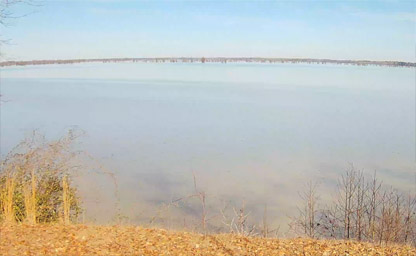
Santee State Park
Located on the western edge of the 110,000-acre Lake Marion

Located on the western edge of the 110,000-acre Lake Marion
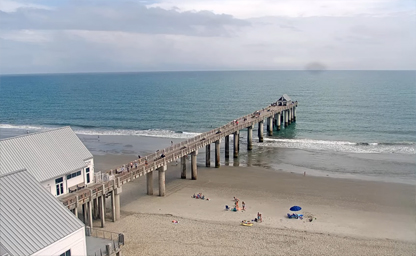
In the heart of the charming, historic Surfside Pier Village community
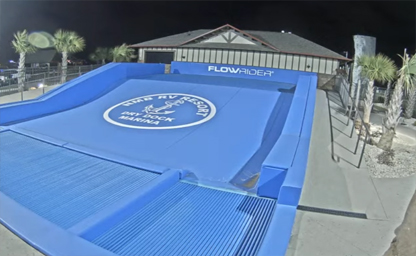
North Myrtle Beach RV Resort and Dry Dock - Luxury RV Resort in Little River
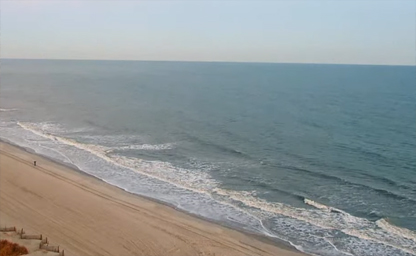
There is so much fun to be had in Myrtle Beach
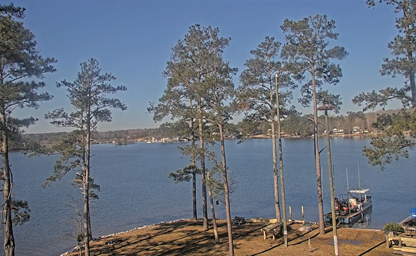
Visitors love exploring great outdoors and 3 rivers while being close to downtown Columbia
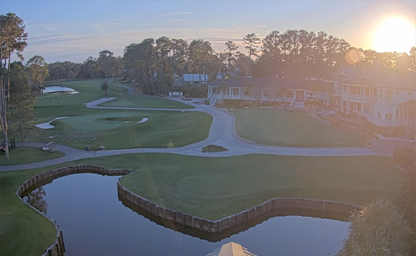
Embark upon a Hilton Head Island resort vacation unlike any other
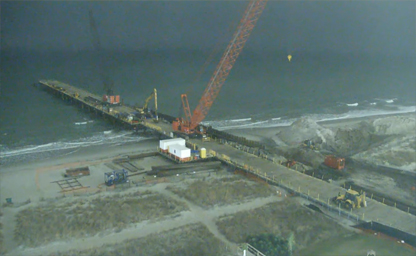
View the City of Myrtle Beach 24th Ave N. Outfall Project Live

Pine-shaded recreation area offering baseball & soccer fields for kids & college-level players
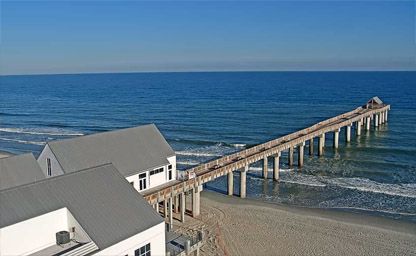
Sometimes known as Garden City Beach
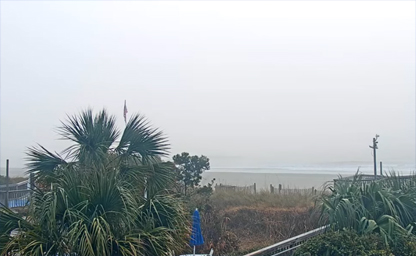
With its two glorious towers overlooking the Atlantic Ocean
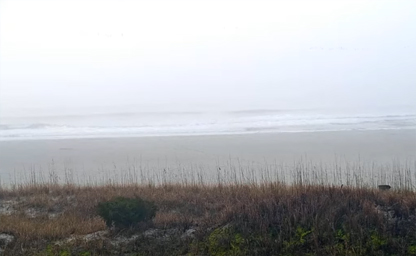
Ocean Creek provide amazing views of the sunset as it dips beyond the dunes
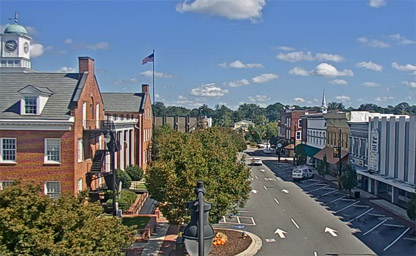
Clinton is the symbol of 'Small Town Charm'

Spend time enjoying South Carolina's beauty at a local park
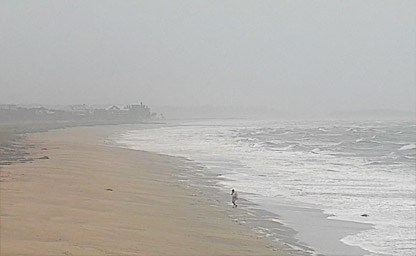
One of South Carolina's most popular beach destinations and for good reason

Landscaped square in the heart of downtown

Situated on WCBD News 2’s tower in Mount Pleasant

View from the Francis Marion Hotel in downtown Charleston
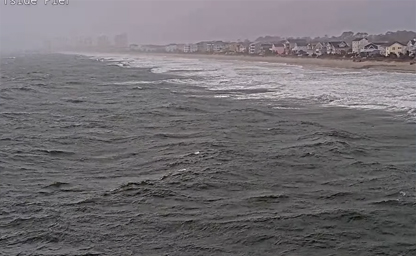
Fishing pier featuring ice cream and a gift shop
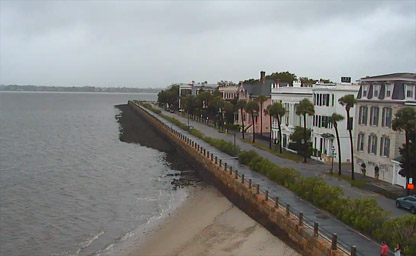
Beautiful view of the East Bay Street and Battery
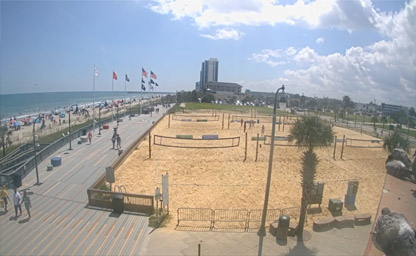
One of the Grand Strand's most popular attractions

A four-lane highway in Myrtle Beach
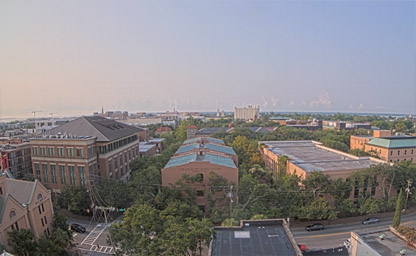
A top-notch university in an innovative coastal city
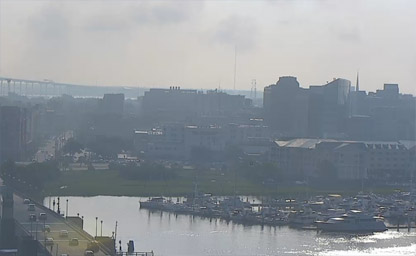
Named in honor of Thomas Allen Legare, Jr.

The center of the Upstate region of South Carolina

A north–south United States Numbered Highway that spans in the Southeastern United States
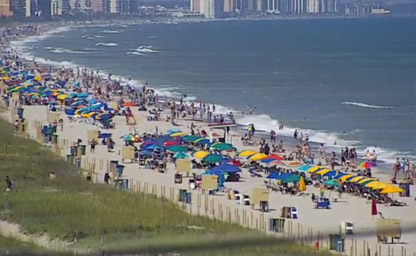
The most popular place to eat, shop, enjoy live entertainment

Connecting downtown Charleston to Mount Pleasant
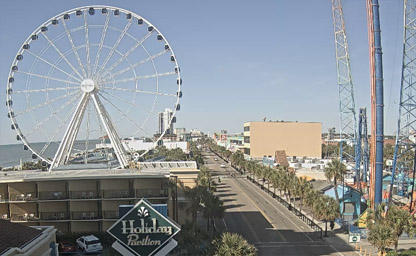
Situated at Oceanfront Boardwalk and Promenade
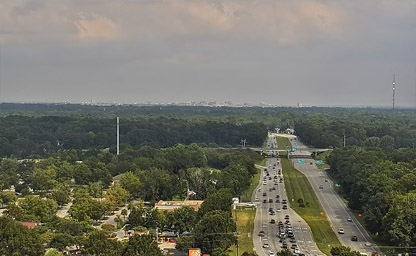
Alternatively known as Charleston Old and Historic District

Patriots Point Naval & Maritime Museum at the mouth of the Cooper River on the Charleston Harbor
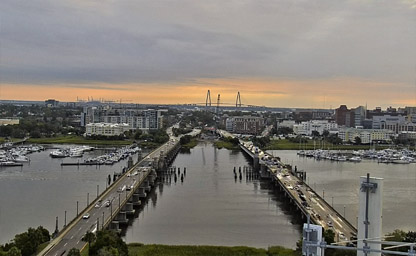
Located nearby to Holiday Inn Riverview

A beautiful cable-stayed bridge over the Cooper River
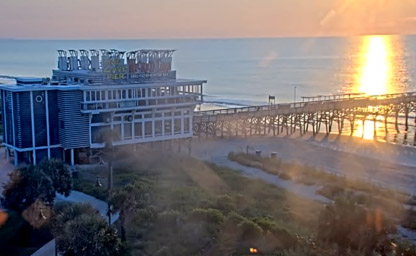
From the former Pavilion to 2nd Avenue Pier
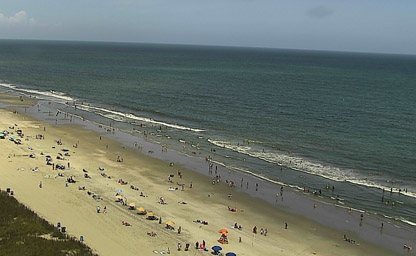
City and vacation resort on South Carolina’s Atlantic coast
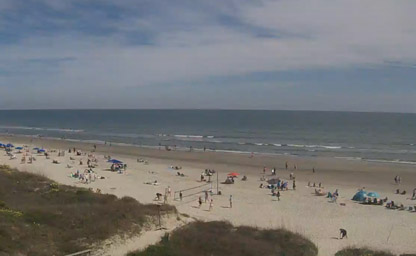
Seaside Inn gives you a reason to come to the beach and historic Charleston

We're glad you're here
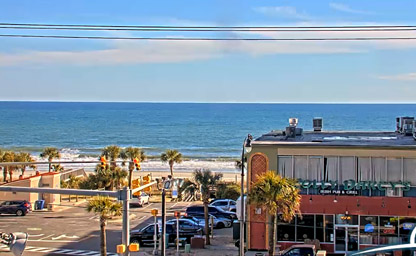
Enjoy the oceanfront live view of 17th Avenue South with the Condo-World Resort Properties
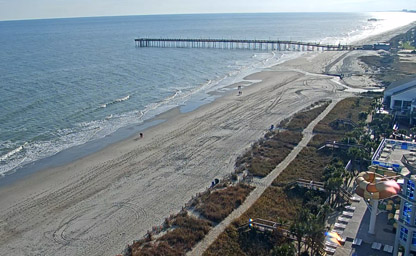
A private balcony which overlooks the ocean
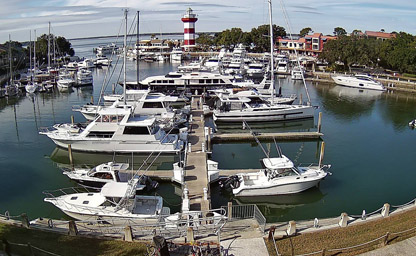
The Harbour Town Lighthouse is a lighthouse at the Harbour Town Marina
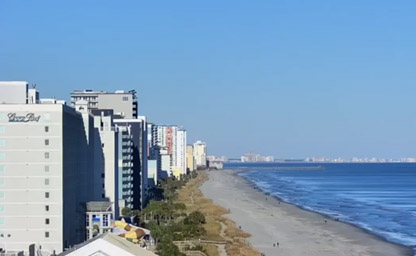
A fantastic spot for fishing and relaxing
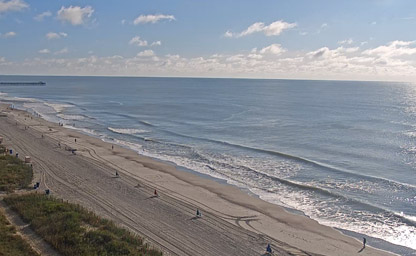
Simply walk out our backdoor and step down onto the beach
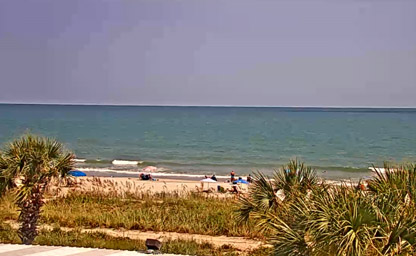
Enjoy a delicious meal and a beautiful ocean vista
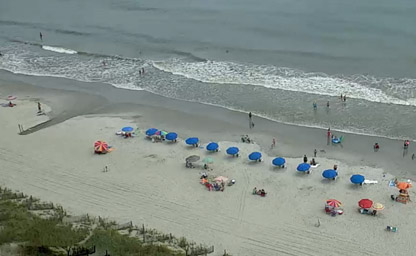
Beautiful beachfront to the premier oceanfront location
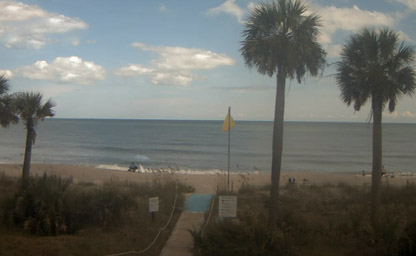
Located on a remote sea island rich in Native American history
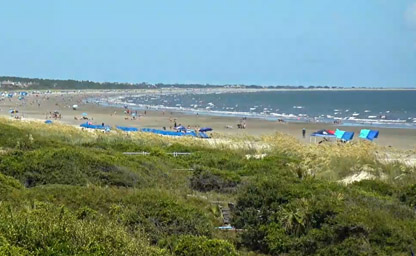
Located just south of Charleston
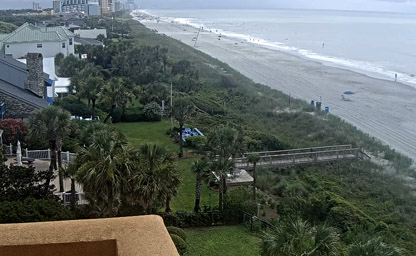
Our superb location along a quiet stretch of beach
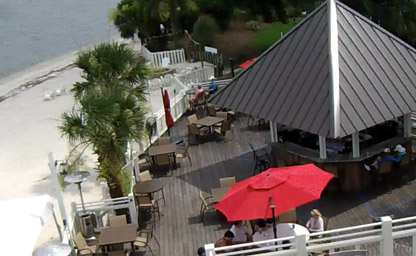
Come experience this truly remarkable community where you’ll find a world of peace
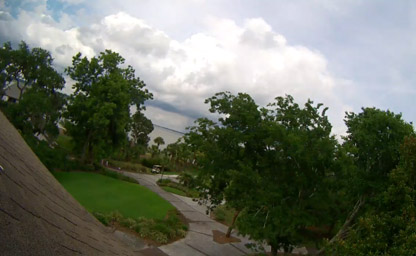
Located on the Northern tip of Daufuskie Island in South Carolina
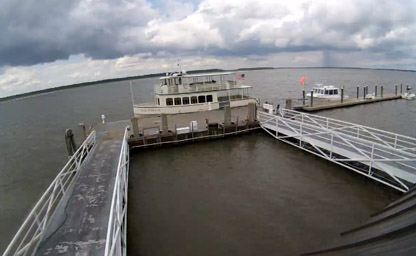
A community dock for members' boats

A wide variety of pickleball clinics and lessons from beginners to advance players
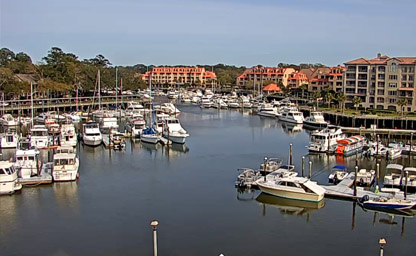
View all the action at the marina with our live web cam
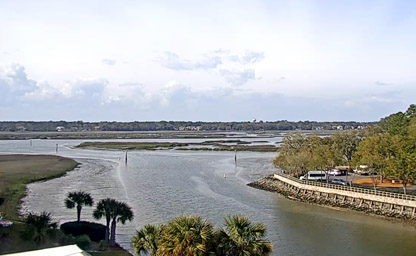
Here you can view the entrance to Broad Creek from Shelter Cove Marina
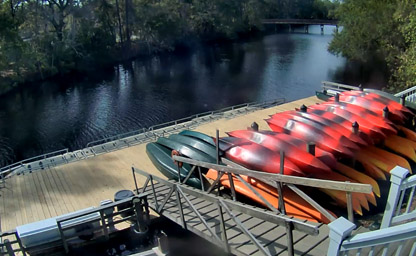
Take a look at guests that may be taking off to enjoy a day on the lagoon
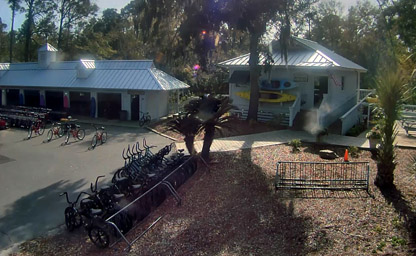
There is so much to do and so little time

Inviting layout and spectacular views of the Atlantic Ocean
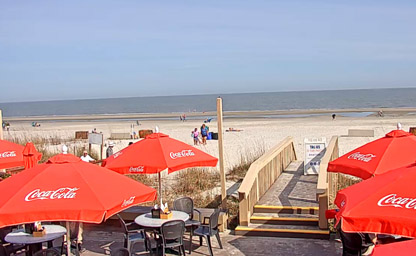
Enjoy the sand, surf, sun and spectacular views of the Atlantic Ocean
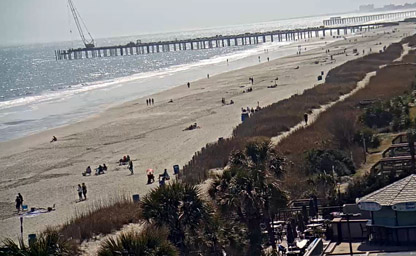
Newly renovated and conveniently located near the center of Myrtle Beach
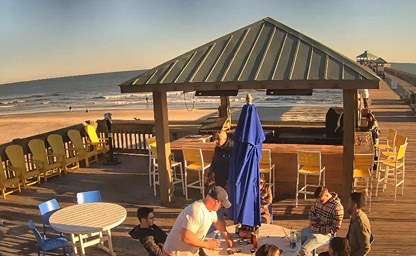
Beachfront dining with panoramic views of the Atlantic Ocean
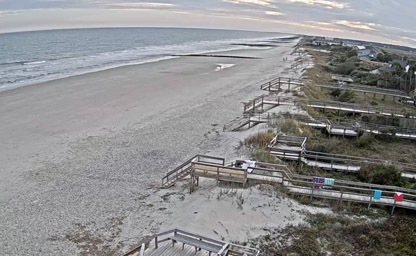
View the sights and sounds of beautiful Pawleys Island

Beach family experience to an all-new level at the Caribbean Resort
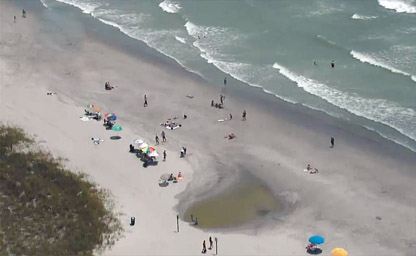
Enjoy 60 miles of beautiful coastline

A beautiful town in Spartanburg County
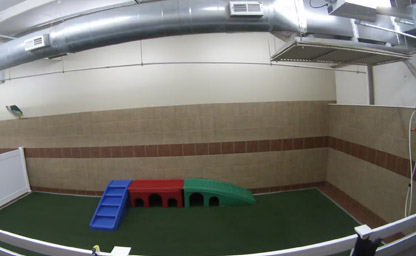
A beautiful town in Spartanburg County
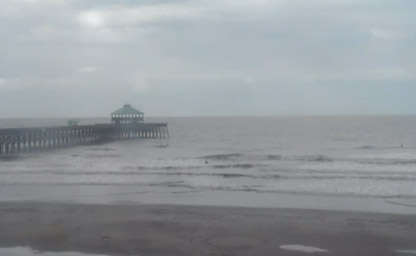
On Folly Island, in South Carolina, just south of beautiful Charleston
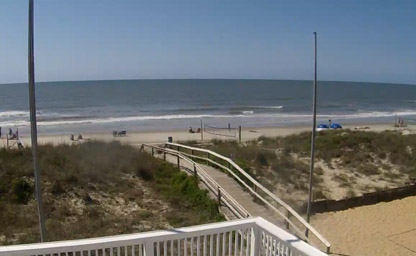
Check out the view of Isle of Palms from Windjammer's Surf Cam
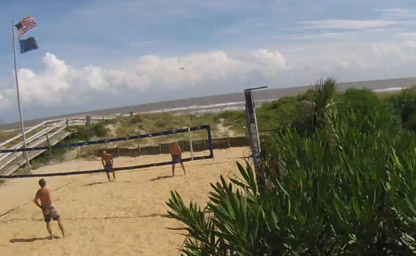
Check out the view of Isle of Palms from Windjammer's Volleyball Cam
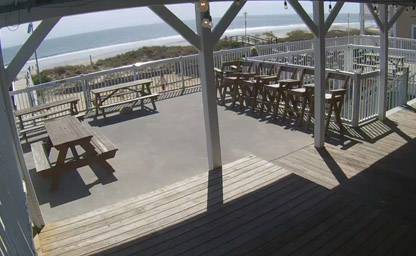
Check out the view of Isle of Palms from Windjammer's Deck Cam

Spacious dancefloor and a great mix of today's most popular music

A vibrant stop to enjoy food and drinks in a relaxed atmosphere
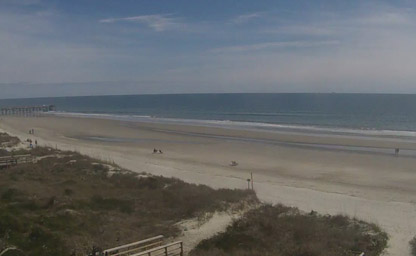
You can check out the beach conditions at Isle of Palms

Windjammer is always a great suggestion for your next party

You never know who may stop by the OD Pavilion
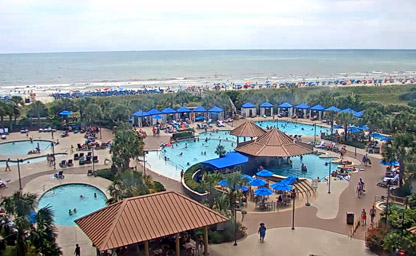
North Beach Resort and Villas is at 719 North Beach Boulevard

About 13 miles south of Myrtle Beach
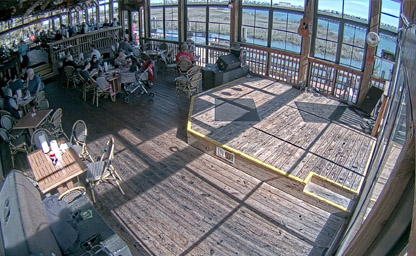
We have a great view, just a skip to the beach, or a beautiful view of the Inlet
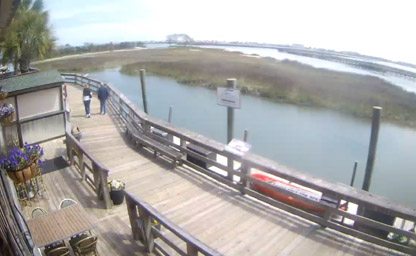
The most spectacular waterfront dining along the Grand Strand
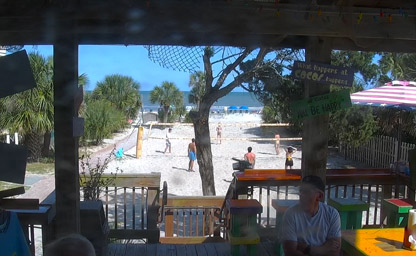
Located oceanfront at the Hilton Head Resort
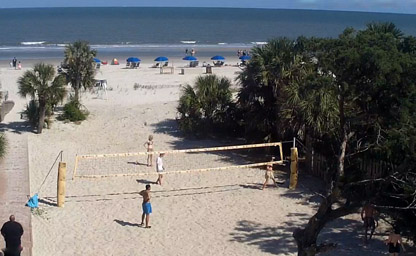
Panoramic ocean views and miles of Carolina seashore
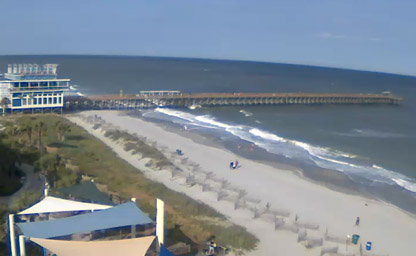
There's something for everyone along the shores of South Carolina's Grand Strand
IpLiveCams offer a real-time view of the Palmetto State’s stunning beaches, historic landmarks, and lively cities. From the sandy shores of Myrtle Beach to the charming streets of Charleston, these webcams capture the natural beauty and rich culture of South Carolina.
Coastal feeds provide breathtaking views of the Atlantic Ocean, showcasing popular destinations like Hilton Head Island and Folly Beach. Watch as waves roll onto pristine beaches and wildlife such as seabirds and dolphins thrive along the shoreline.
Urban cameras in cities like Charleston, Columbia, and Greenville highlight the state’s vibrant communities. Viewers can enjoy live views of cobblestone streets, historic architecture, and bustling markets filled with Southern charm.
For a glimpse of South Carolina’s natural wonders, live streams from locations like Congaree National Park and the Blue Ridge Mountains reveal serene forests, winding rivers, and picturesque hiking trails.
Seasonal changes make South Carolina’s webcams even more enchanting. From blooming azaleas in the spring to sunny beach days in the summer, crisp fall colors, and mild winters, there’s always something beautiful to see.
Whether you’re planning a visit, reminiscing about a trip, or exploring the state from afar, streaming video cameras provide an engaging way to experience the beauty and warmth of South Carolina.
South Carolina's history is a tapestry woven with threads of colonial ambition, revolutionary fervor, and cultural evolution. The region was originally inhabited by various Indigenous peoples, including the Catawba and Cherokee tribes. These Native American groups maintained vibrant communities, rich in traditions and trade, long before European explorers arrived. Spanish explorers were the first Europeans to encounter the area in the early 16th century, but it was the English who established a permanent presence in 1670 with the founding of Charles Town, later renamed Charleston.
During the colonial era, South Carolina quickly became an economic powerhouse, thanks to its fertile soil and advantageous location. The colony’s economy thrived on the production of cash crops like rice, indigo, and cotton, cultivated on vast plantations by enslaved Africans. Charleston grew into a major port city, serving as a hub for the transatlantic slave trade and international commerce. The wealth generated during this period solidified South Carolina’s place as one of the most prosperous colonies in British North America.
South Carolina played a pivotal role in the American Revolution. It was a battleground for numerous key conflicts, such as the Siege of Charleston and the Battle of Cowpens, where the Continental Army dealt significant blows to British forces. In fact, more battles and skirmishes were fought in South Carolina than in any other state during the war. On May 23, 1788, South Carolina became the eighth state to ratify the U.S. Constitution, further cementing its importance in the young nation’s history.
In the antebellum era, South Carolina’s economy remained heavily reliant on agriculture, particularly cotton, which was labor-intensive and dependent on enslaved people. This economic system, combined with the state’s staunch advocacy for states’ rights, placed South Carolina at the center of national debates over slavery and federal authority. In December 1860, South Carolina became the first state to secede from the Union, a decision that set the stage for the American Civil War. The first shots of the war were fired at Fort Sumter in Charleston Harbor on April 12, 1861, marking a critical moment in American history.
After the Civil War, South Carolina faced decades of economic hardship and social upheaval. The Reconstruction era brought significant changes, including the abolition of slavery and efforts to integrate formerly enslaved individuals into society. However, the state also became a hotbed of racial tensions, with the establishment of Jim Crow laws and segregation. Despite these challenges, South Carolina’s African American communities maintained rich cultural traditions, particularly in the Lowcountry region, where Gullah culture and language continue to thrive today.
In the 20th century, South Carolina transitioned from an agricultural economy to one based on manufacturing and tourism. The Civil Rights Movement brought significant changes to the state, with leaders like Septima Poinsette Clark playing crucial roles in the fight for racial equality. Today, South Carolina is celebrated for its rich history, vibrant culture, and contributions to the arts, cuisine, and literature.
South Carolina’s climate is classified as humid subtropical, offering residents and visitors a mix of warm, humid summers and mild winters. The state’s weather is heavily influenced by its geographic location, bordered by the Atlantic Ocean to the east and the Appalachian Mountains to the west.
Summers in South Carolina are long, hot, and humid, with average high temperatures ranging from the upper 80s°F to mid-90s°F (30°C to 35°C). The heat is often accompanied by high humidity levels, making the air feel even warmer. Afternoon thunderstorms are common during the summer months, providing temporary relief from the heat. These storms, while brief, can be intense, bringing heavy rainfall and occasional lightning. Coastal areas, such as Myrtle Beach and Charleston, benefit from cooling sea breezes, making them popular summer destinations.
Winters in South Carolina are generally mild, with average highs ranging from the mid-50s°F to low 60s°F (13°C to 16°C). Snowfall is rare, especially in the Lowcountry, but the Upstate region near the Appalachian foothills occasionally experiences light snow. The mild winter climate makes South Carolina an attractive destination for those seeking to escape colder northern states during the winter months.
Spring and fall are arguably the most pleasant seasons in South Carolina, with comfortable temperatures and lower humidity. In spring, the state’s landscapes come alive with blooming flowers and trees, particularly in gardens like Magnolia Plantation and Middleton Place in Charleston. Fall is marked by vibrant foliage in the Upstate region, offering stunning views along scenic drives like the Cherokee Foothills Scenic Highway.
South Carolina’s coastal location makes it susceptible to hurricanes and tropical storms, particularly during the Atlantic hurricane season, which runs from June to November. While not an annual occurrence, these storms can bring significant rainfall, high winds, and storm surges. The state has experienced several notable hurricanes, including Hurricane Hugo in 1989, which caused widespread damage across the Lowcountry.
South Carolina’s geography is as diverse as it is captivating, spanning three distinct regions: the Coastal Plain, the Piedmont, and the Blue Ridge Mountains. Each region offers unique landscapes and opportunities for exploration.
The Coastal Plain, also known as the Lowcountry, encompasses the eastern portion of the state and is characterized by flat, sandy terrain, marshes, and a network of rivers. This region is home to South Carolina’s iconic beaches, including Myrtle Beach, Hilton Head Island, and Kiawah Island, which attract millions of visitors each year. The Lowcountry is also rich in biodiversity, with estuaries, tidal creeks, and salt marshes providing habitats for a wide range of wildlife, from egrets and herons to dolphins and sea turtles. Historic cities like Charleston and Beaufort are nestled in this region, offering a blend of Southern charm and coastal beauty.
The Piedmont region lies to the west of the Coastal Plain and features rolling hills, fertile valleys, and hardwood forests. This area is known for its agriculture, particularly peach orchards and vineyards. The Piedmont is also home to the state’s major urban centers, including Columbia, the state capital, and Greenville, a thriving city with a vibrant downtown and cultural scene. Rivers such as the Saluda, Broad, and Catawba flow through the Piedmont, offering opportunities for kayaking, fishing, and hiking along their banks.
In the far northwestern corner of the state, the Blue Ridge Mountains form South Carolina’s highest and most rugged terrain. This region, often referred to as the Upstate, includes Table Rock State Park, Caesars Head State Park, and the stunning Jocassee Gorges area. The Blue Ridge Mountains offer breathtaking vistas, cascading waterfalls, and miles of hiking trails, making it a haven for outdoor enthusiasts. Sassafras Mountain, the highest point in the state at 3,560 feet, is located in this region and provides panoramic views of the surrounding landscapes.
South Carolina’s network of rivers and lakes adds to its geographic diversity. Lake Marion and Lake Moultrie, two of the largest man-made lakes in the state, are popular for boating, fishing, and wildlife observation. The state’s rivers, including the Congaree, Edisto, and Pee Dee, have shaped its history and continue to play a vital role in its economy and recreation.
Tip: Don’t miss the opportunity to explore Congaree National Park, one of South Carolina’s natural treasures. This unique park preserves one of the largest intact expanses of old-growth bottomland hardwood forest in the United States, offering scenic boardwalk trails and opportunities for kayaking through its tranquil waterways.
Interesting Fact: South Carolina is known as the “Palmetto State” because of the sabal palmetto, a tree that played a symbolic role in the state’s history. During the Revolutionary War, fortifications made from palmetto logs helped defend against British cannon fire at the Battle of Sullivan’s Island. Today, the palmetto tree is proudly featured on the state flag.